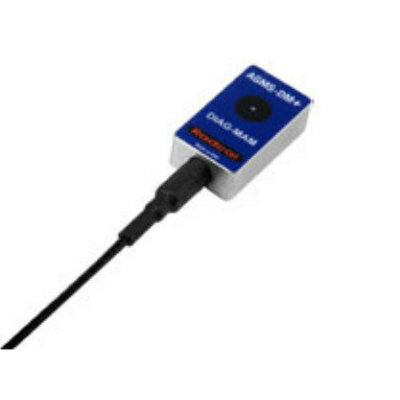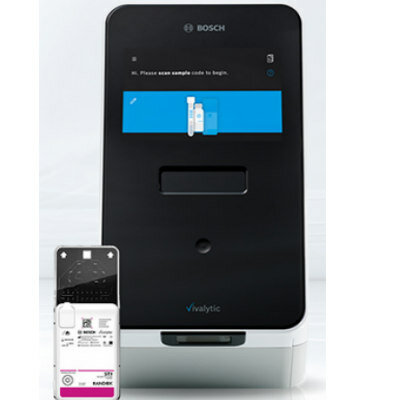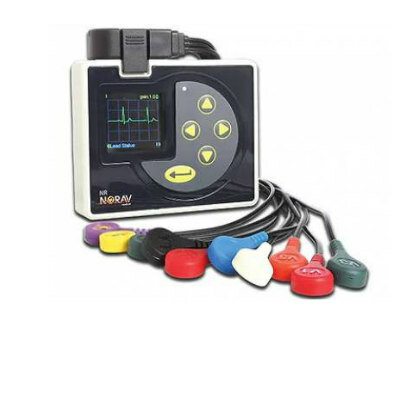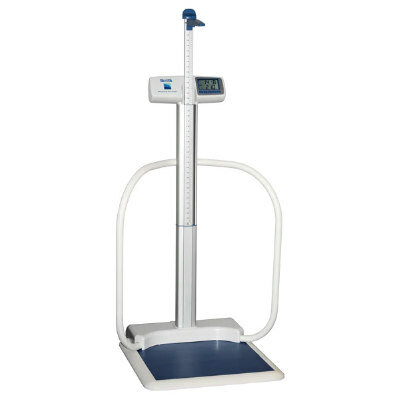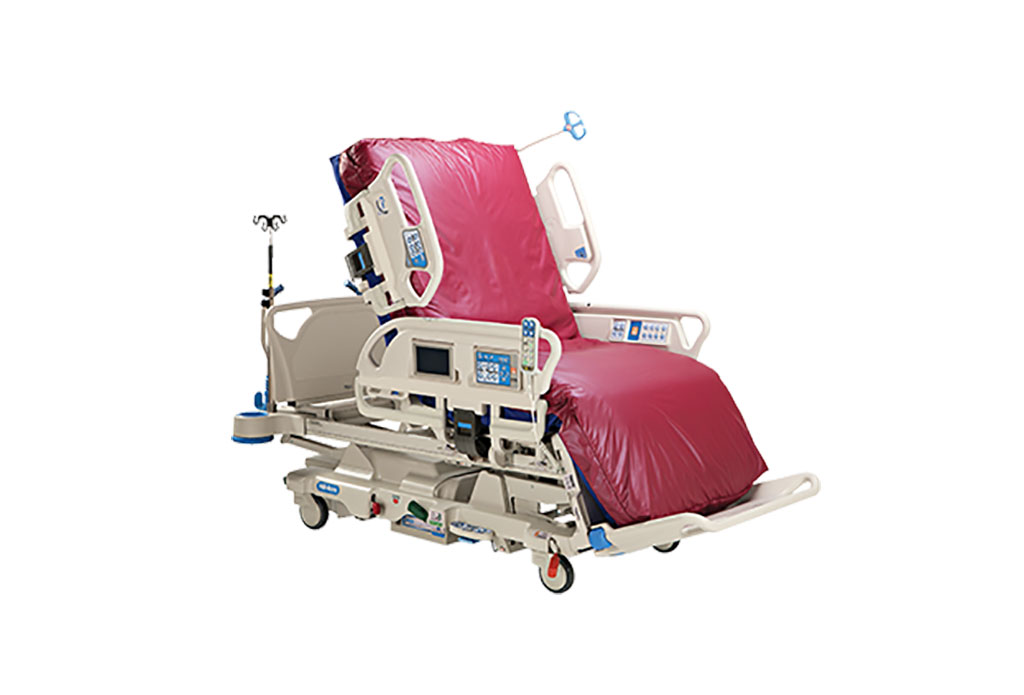Plasma-Based Surgical Instrument Combines Cutting and Coagulation
|
By HospiMedica International staff writers Posted on 12 Apr 2017 |
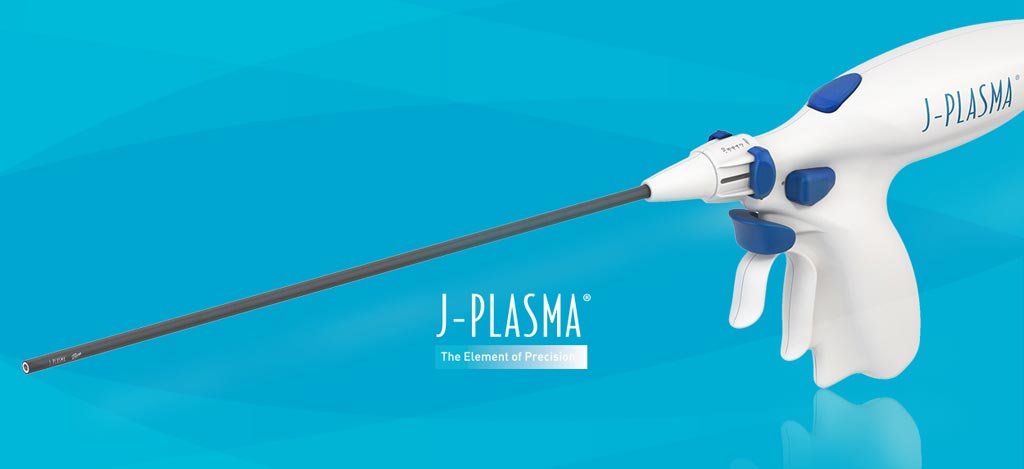
Image: The J-Plasma generator and hand piece (Photo courtesy of Bovie Medical).
A novel device offers increased control of plasma stream tissue dissection, while being able to switch to a monopolar or helium spray coagulation mode with just the push of a button.
The Bovie Medical J-Plasma generator and handpiece with Cool-Coag technology utilizes helium ionization to produce a stable, focused beam of ionized gas that provides a highly defined, cool, plasma stream for soft tissue coagulation and cutting. The plasma stream, formed by passing inert helium over an energizing blade, can cut, coagulate, and ablate tissue at lower temperatures than CO2 lasers, allowing surgical procedures to be performed in delicate areas with reduced damage to surrounding tissue.
The distinctive blade design of the hand piece provides an option to retract or extend the surgical blade, with multiple modes of operation. In the extended configuration, the surgical blade can be used without energy or plasma, similar to a scalpel for incisions and other cutting procedures. When retracted, the device can be used to form the J-Plasma stream for coagulation or blunt dissection. The J-Plasma stream with the blade extended is limited to a maximum of 15mm in length, thus eliminating potential pass-through.
“The development of Bovie’s Cool-Coag technology is a direct result of feedback from surgeons who have used our J-Plasma product for procedures that require greater coagulation capability, specifically in the areas of gynecologic oncology and surgical oncology,” said Robert Gershon, CEO of Bovie Medical. “The unique flexibility of Cool-Coag enables the surgeon to use J-Plasma to perform the most delicate procedures, where precision and low risk of injury to surrounding tissue are paramount and also have the full power of monopolar coagulation to control, pinpoint and diffuse bleeding as needed.”
“This new Cool-Coag technology has the potential to increase usage of the J-Plasma device in many of our most complex cancer procedures. It combines J-Plasma’s ability to be used close to vital structures with minimal collateral damage and standard full monopolar coagulation capability, all in one hand-held instrument,” said Dennis Chi, MD, head of ovarian cancer surgery at Memorial Sloan Kettering Cancer Center (MSKCC; New York, NY, USA). “Cool-Coag may also expand the use of J-Plasma in additional procedures and specialties.”
Plasma is one of the four fundamental states of matter, the others being solid, liquid, and gas. When a gas is ionized, electrons are stripped from its atoms, turning it into plasma. The plasma contains charged particles: positive ions and negative electrons or ions, accompanied by dissociation of the atomic bonds. Plasma has so far enjoyed a limited role in surgery due to the high temperatures it creates and resulting harmful effects on body tissue.
The Bovie Medical J-Plasma generator and handpiece with Cool-Coag technology utilizes helium ionization to produce a stable, focused beam of ionized gas that provides a highly defined, cool, plasma stream for soft tissue coagulation and cutting. The plasma stream, formed by passing inert helium over an energizing blade, can cut, coagulate, and ablate tissue at lower temperatures than CO2 lasers, allowing surgical procedures to be performed in delicate areas with reduced damage to surrounding tissue.
The distinctive blade design of the hand piece provides an option to retract or extend the surgical blade, with multiple modes of operation. In the extended configuration, the surgical blade can be used without energy or plasma, similar to a scalpel for incisions and other cutting procedures. When retracted, the device can be used to form the J-Plasma stream for coagulation or blunt dissection. The J-Plasma stream with the blade extended is limited to a maximum of 15mm in length, thus eliminating potential pass-through.
“The development of Bovie’s Cool-Coag technology is a direct result of feedback from surgeons who have used our J-Plasma product for procedures that require greater coagulation capability, specifically in the areas of gynecologic oncology and surgical oncology,” said Robert Gershon, CEO of Bovie Medical. “The unique flexibility of Cool-Coag enables the surgeon to use J-Plasma to perform the most delicate procedures, where precision and low risk of injury to surrounding tissue are paramount and also have the full power of monopolar coagulation to control, pinpoint and diffuse bleeding as needed.”
“This new Cool-Coag technology has the potential to increase usage of the J-Plasma device in many of our most complex cancer procedures. It combines J-Plasma’s ability to be used close to vital structures with minimal collateral damage and standard full monopolar coagulation capability, all in one hand-held instrument,” said Dennis Chi, MD, head of ovarian cancer surgery at Memorial Sloan Kettering Cancer Center (MSKCC; New York, NY, USA). “Cool-Coag may also expand the use of J-Plasma in additional procedures and specialties.”
Plasma is one of the four fundamental states of matter, the others being solid, liquid, and gas. When a gas is ionized, electrons are stripped from its atoms, turning it into plasma. The plasma contains charged particles: positive ions and negative electrons or ions, accompanied by dissociation of the atomic bonds. Plasma has so far enjoyed a limited role in surgery due to the high temperatures it creates and resulting harmful effects on body tissue.
Latest Surgical Techniques News
- Novel Rigid Endoscope System Enables Deep Tissue Imaging During Surgery
- Robotic Nerve ‘Cuffs’ Could Treat Various Neurological Conditions
- Flexible Microdisplay Visualizes Brain Activity in Real-Time To Guide Neurosurgeons

- Next-Gen Computer Assisted Vacuum Thrombectomy Technology Rapidly Removes Blood Clots
- Hydrogel-Based Miniaturized Electric Generators to Power Biomedical Devices
- Custom 3D-Printed Orthopedic Implants Transform Joint Replacement Surgery
- Wearable Technology Monitors and Analyzes Surgeons' Posture during Long Surgical Procedures
- Cutting-Edge Imaging Platform Detects Residual Breast Cancer Missed During Lumpectomy Surgery
- Computational Models Predict Heart Valve Leakage in Children
- Breakthrough Device Enables Clear and Real-Time Visual Guidance for Effective Cardiovascular Interventions
- World’s First Microscopic Probe to Revolutionize Early Cancer Diagnosis
- World’s Smallest Implantable Brain Stimulator Demonstrated in Human Patient

- Robotically Assisted Lung Transplants Could Soon Become a Reality
- AI to Provide Heart Transplant Surgeons with New Decision-Making Data
- New Surgical Tool Empowers Precision and Confidence in Operating Room
- Future Muscle-Powered Surgical Robots Could Perform Minimally Invasive Procedures inside Body
Channels
Artificial Intelligence
view channel
AI-Powered Algorithm to Revolutionize Detection of Atrial Fibrillation
Atrial fibrillation (AFib), a condition characterized by an irregular and often rapid heart rate, is linked to increased risks of stroke and heart failure. This is because the irregular heartbeat in AFib... Read more
AI Diagnostic Tool Accurately Detects Valvular Disorders Often Missed by Doctors
Doctors generally use stethoscopes to listen for the characteristic lub-dub sounds made by heart valves opening and closing. They also listen for less prominent sounds that indicate problems with these valves.... Read moreCritical Care
view channel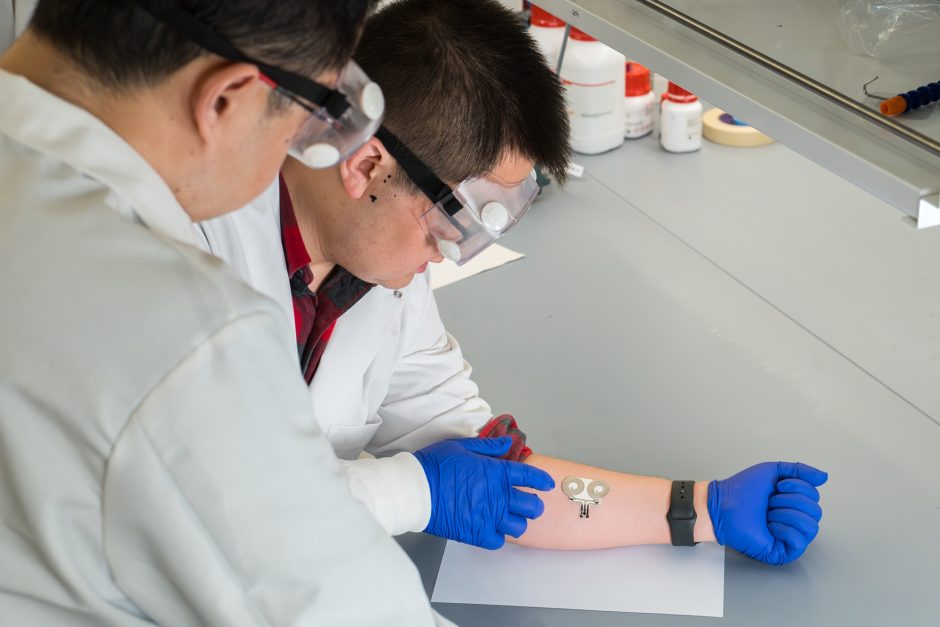
On-Skin Wearable Bioelectronic Device Paves Way for Intelligent Implants
A team of researchers at the University of Missouri (Columbia, MO, USA) has achieved a milestone in developing a state-of-the-art on-skin wearable bioelectronic device. This development comes from a lab... Read more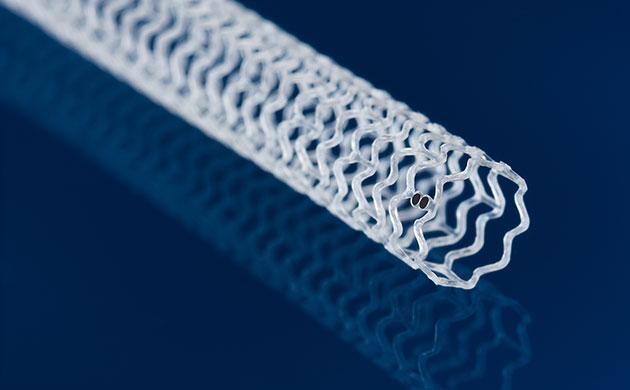
First-Of-Its-Kind Dissolvable Stent to Improve Outcomes for Patients with Severe PAD
Peripheral artery disease (PAD) affects millions and presents serious health risks, particularly its severe form, chronic limb-threatening ischemia (CLTI). CLTI develops when arteries are blocked by plaque,... Read more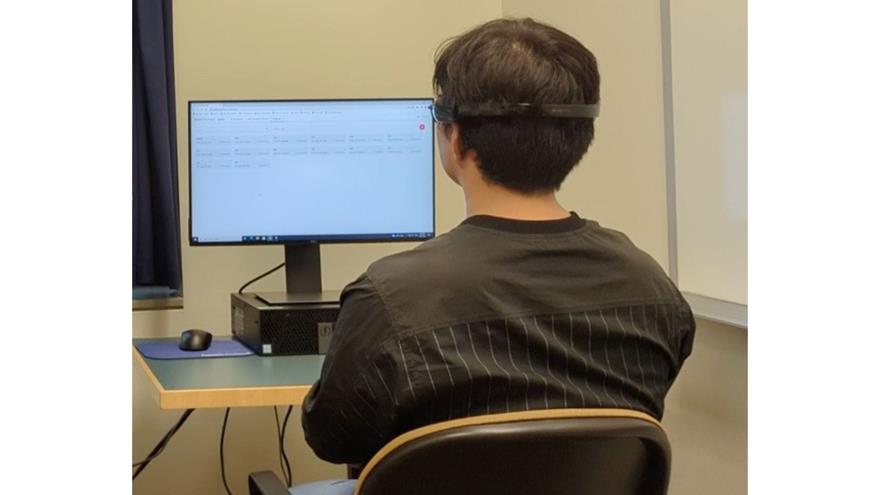
AI Brain-Age Estimation Technology Uses EEG Scans to Screen for Degenerative Diseases
As individuals age, so do their brains. Premature aging of the brain can lead to age-related conditions such as mild cognitive impairment, dementia, or Parkinson's disease. The ability to determine "brain... Read morePatient Care
view channelFirst-Of-Its-Kind Portable Germicidal Light Technology Disinfects High-Touch Clinical Surfaces in Seconds
Reducing healthcare-acquired infections (HAIs) remains a pressing issue within global healthcare systems. In the United States alone, 1.7 million patients contract HAIs annually, leading to approximately... Read more
Surgical Capacity Optimization Solution Helps Hospitals Boost OR Utilization
An innovative solution has the capability to transform surgical capacity utilization by targeting the root cause of surgical block time inefficiencies. Fujitsu Limited’s (Tokyo, Japan) Surgical Capacity... Read more
Game-Changing Innovation in Surgical Instrument Sterilization Significantly Improves OR Throughput
A groundbreaking innovation enables hospitals to significantly improve instrument processing time and throughput in operating rooms (ORs) and sterile processing departments. Turbett Surgical, Inc.... Read moreHealth IT
view channel
Machine Learning Model Improves Mortality Risk Prediction for Cardiac Surgery Patients
Machine learning algorithms have been deployed to create predictive models in various medical fields, with some demonstrating improved outcomes compared to their standard-of-care counterparts.... Read more
Strategic Collaboration to Develop and Integrate Generative AI into Healthcare
Top industry experts have underscored the immediate requirement for healthcare systems and hospitals to respond to severe cost and margin pressures. Close to half of U.S. hospitals ended 2022 in the red... Read more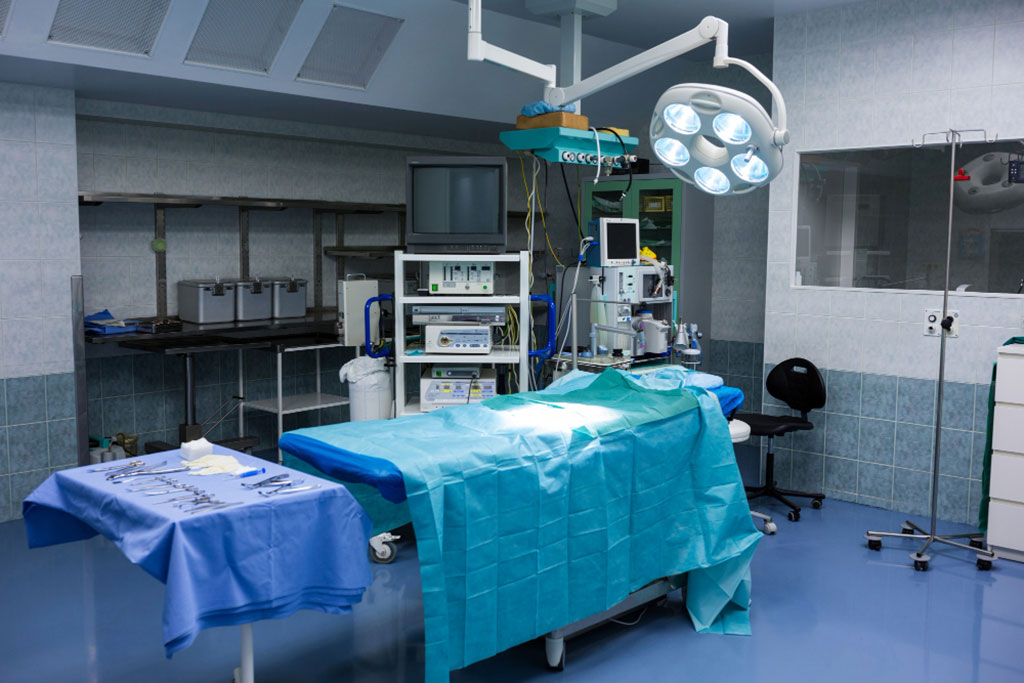
AI-Enabled Operating Rooms Solution Helps Hospitals Maximize Utilization and Unlock Capacity
For healthcare organizations, optimizing operating room (OR) utilization during prime time hours is a complex challenge. Surgeons and clinics face difficulties in finding available slots for booking cases,... Read more
AI Predicts Pancreatic Cancer Three Years before Diagnosis from Patients’ Medical Records
Screening for common cancers like breast, cervix, and prostate cancer relies on relatively simple and highly effective techniques, such as mammograms, Pap smears, and blood tests. These methods have revolutionized... Read morePoint of Care
view channel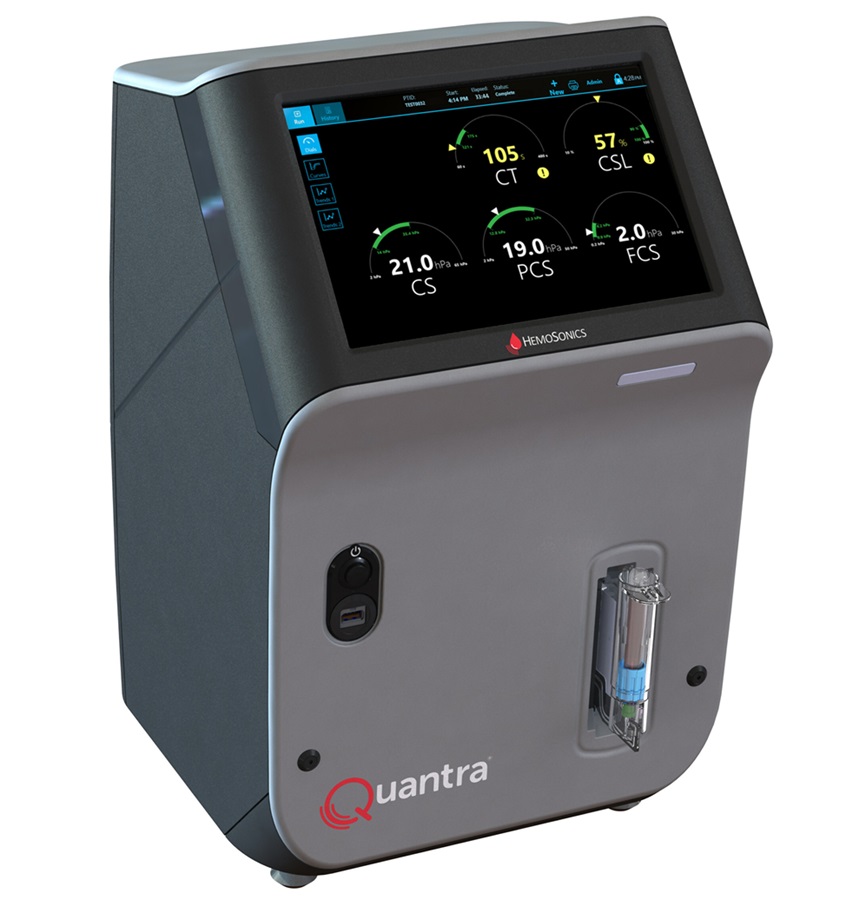
Critical Bleeding Management System to Help Hospitals Further Standardize Viscoelastic Testing
Surgical procedures are often accompanied by significant blood loss and the subsequent high likelihood of the need for allogeneic blood transfusions. These transfusions, while critical, are linked to various... Read more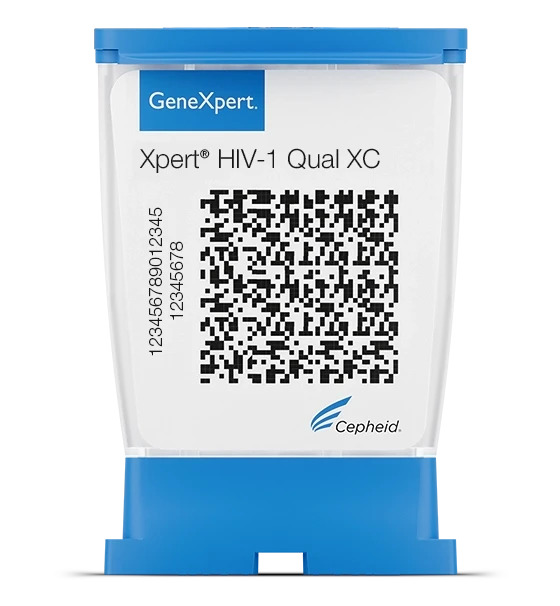
Point of Care HIV Test Enables Early Infection Diagnosis for Infants
Early diagnosis and initiation of treatment are crucial for the survival of infants infected with HIV (human immunodeficiency virus). Without treatment, approximately 50% of infants who acquire HIV during... Read more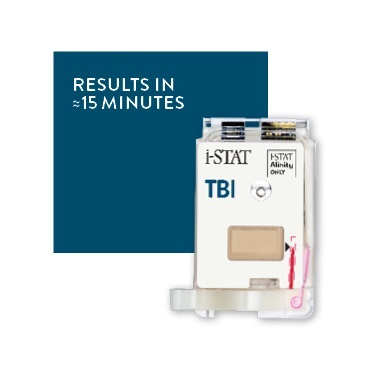
Whole Blood Rapid Test Aids Assessment of Concussion at Patient's Bedside
In the United States annually, approximately five million individuals seek emergency department care for traumatic brain injuries (TBIs), yet over half of those suspecting a concussion may never get it checked.... Read more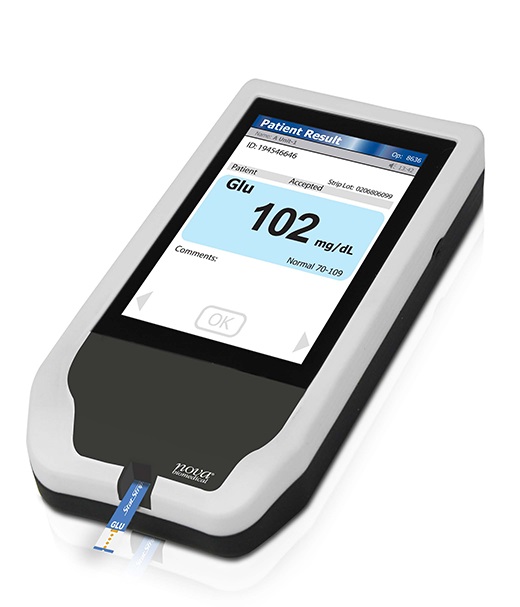
New Generation Glucose Hospital Meter System Ensures Accurate, Interference-Free and Safe Use
A new generation glucose hospital meter system now comes with several features that make hospital glucose testing easier and more secure while continuing to offer accuracy, freedom from interference, and... Read moreBusiness
view channel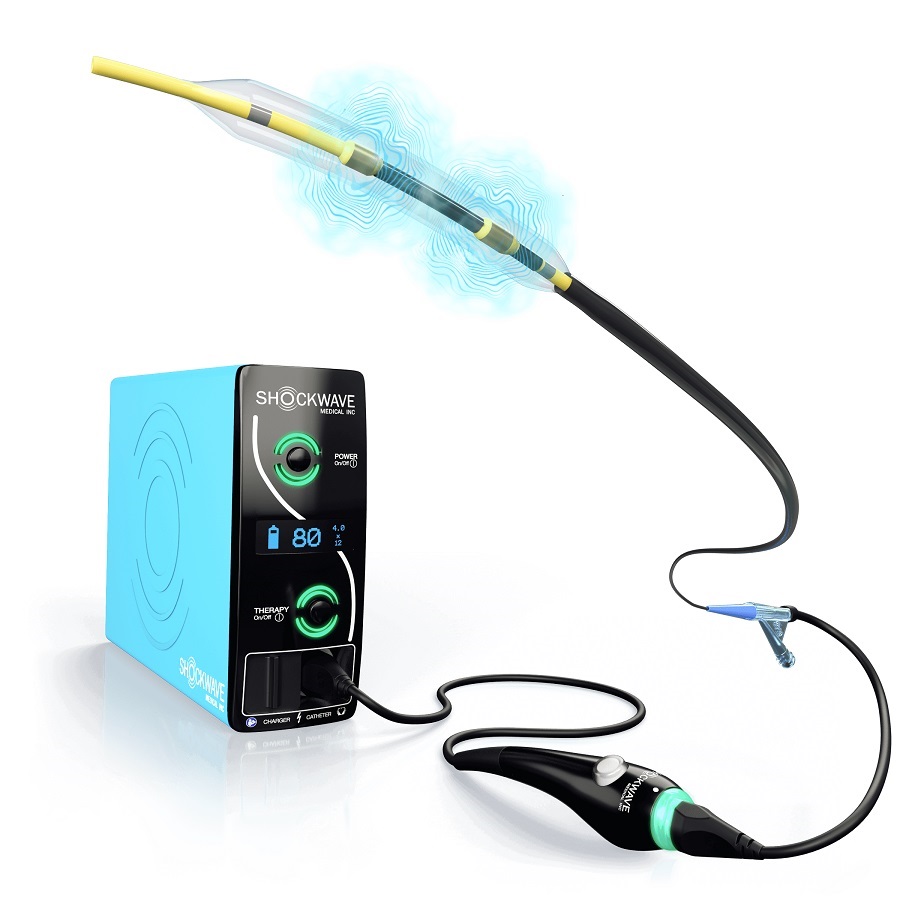
Johnson & Johnson Acquires Cardiovascular Medical Device Company Shockwave Medical
Johnson & Johnson (New Brunswick, N.J., USA) and Shockwave Medical (Santa Clara, CA, USA) have entered into a definitive agreement under which Johnson & Johnson will acquire all of Shockwave’s... Read more




